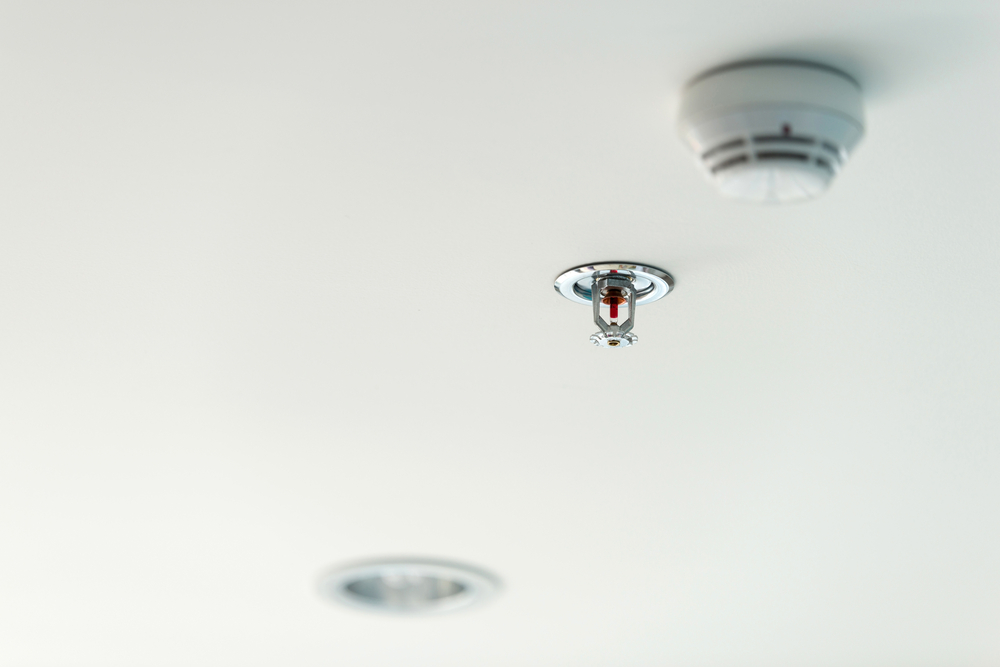A fire can erupt anywhere, at any time, and without warning. That’s why it’s essential to have a working and efficient fire control and warning system in place. Such systems don’t just limit the damage fire can cause to your property, but also save lives and help people avoid injury. There are a number of different kinds of fire systems you can install in your property. It’s a good idea to get a professional opinion; but here’s a brief introduction to different fire systems to give you an idea of what to expect:
Pre-Action Systems
These systems are filled with air and require two different triggers in order to release water. Once both triggers are hit, the system will pass the water to the sprinkler system and allow it to disperse over the fire in the room. This is done to ensure the sprinkler system doesn’t activate during a false alarm and cause damage to your property. Despite the two-trigger system, these sprinklers will respond quickly during fire so you don’t need to worry about delays or damaged caused by delays.
Dry Pipe Systems
This system is designed specifically for buildings located in regions with lower temperatures. There an air pocket inside the system that holds the water back when the sprinkler needs to remain inactive. When the alarm is triggered, the system releases that air pocket and allows the water to flow to the sprinkler heads and disperse over the fire.
This helps keep the pipes from freezing and ensures you still have a reliable fire safety mechanism in place during the winter months. Unfortunately, this system has a somewhat delayed response and it can take around a minute for the water to reach the sprinkler heads after the alarm is triggered. You need to keep this in mind before you purchase this system.
Wet Pipe System
This is one of the most commonly-used fire systems available today and it delivers good performance. It is usually connected to the local water supply lines and doesn’t have many mechanical parts and is easier to maintain. The wet pipe systems are always filled with water so the reaction to alarms is instantaneous. However, as there is water always present in the pipes, there is a danger of freezing during colder temperatures. You need to make sure the pipes are well-insulated to ensure the water doesn’t freeze. It’s a good idea to service and maintain this system at least once a year.
Deluge Systems
These systems act similarly to the pre-action ones and rely on triggers. They’re ideal for calming and extinguishing fire over flat surfaces like floors. They provide a big deluge of water that floods the area and immediately extinguishes the fire. These are ideal for larger properties with bigger floor space like factorys, commercial parks, warehouses, etc. Deluge systems aren’t ideal for smaller residential properties, commercial properties like stores, shops, and offices.
As you can see, there are a number of options available to you and it’s not easy to determine which one is best. To choose which fire system suits you best, call on professionals with experience and knowledge of the industry. They’ll explain the pros and cons of every fire system so you can determine which one is the best option for you and make sure the decision with eyes open.





